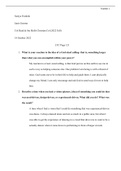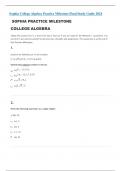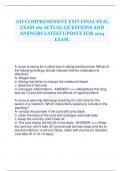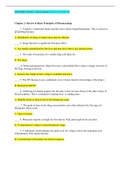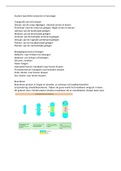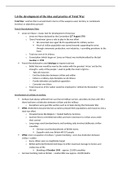Summary
Summary Endocrinology Disease profiles
- Module
- Endocrinology Conditions
- Institution
- University Of East Anglia
These files contain a summary of important Endocrinology conditions put into disease profile format and can be made into flashcards. It contains pathophysiology, presentation, investigations and management for most of the disease.
[Show more]




